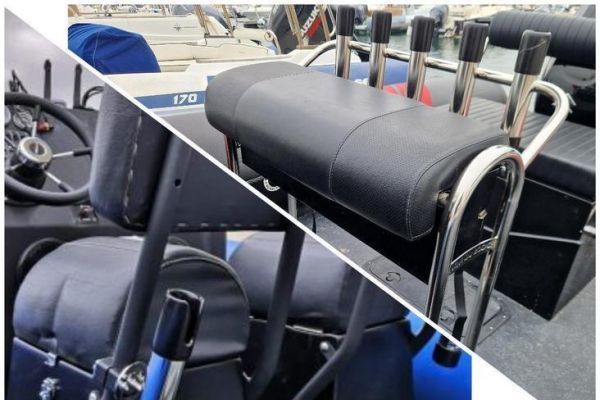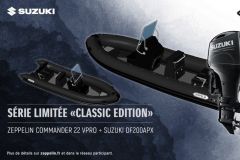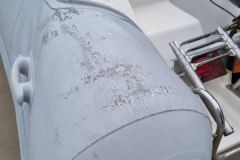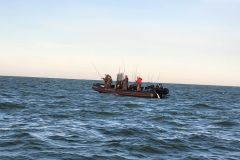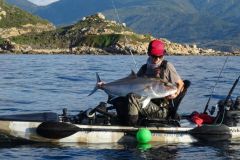Safety
In terms of sailing safety, the jockey seat is the clear winner. The fact that you can lean back like on a bolster, but keep most of the seat between your legs, provides incomparable stability and limits body movements when the boat is subjected to swell and chop.
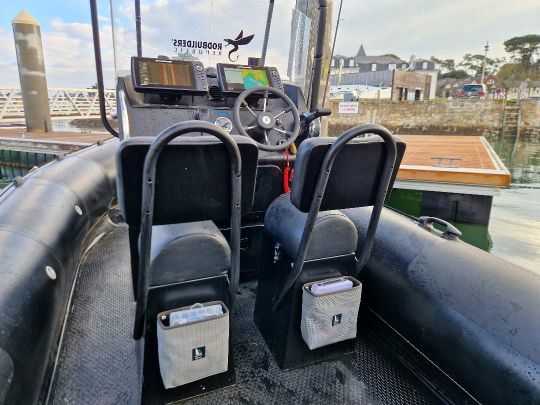
Comfort
If we exclude suspended jockey seats, i.e. those mounted on a "shock absorber", from this comparison, sailing comfort is equivalent. The body is subjected to the same stresses when sailing in a standing position.
However, with jockey seats, depending on the height of the console and the state of the sea, it is possible to sail seated, which is particularly relaxing on long trips. The bolster, on the other hand, only allows you to sit upright, i.e. lean back.
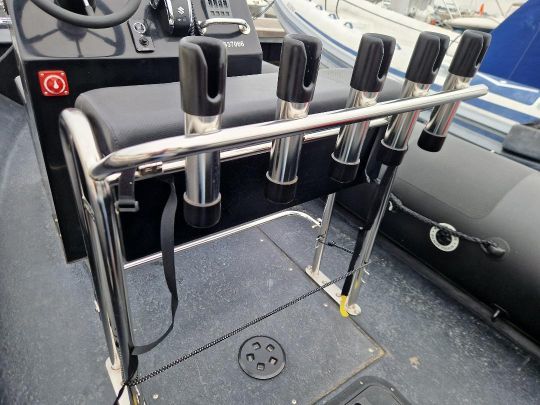
Storage units
Storage space and solutions differ between jockey seats and a bolster. While the volume is virtually identical, access and storage are simpler with a bolster. Your accessories are at waist height and generally more accessible. Nonetheless, some leaning posts offer considerable storage volume under the seat, but with access via hatches that can sometimes prove restrictive.
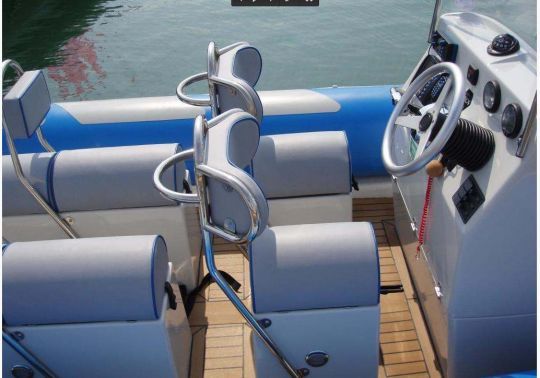
Modularity
The strong point of bolster models, and Amiaud models in particular, is their modularity. In fact, numerous layout options are available, making them much easier to organize. You can slide your bakkans, coolers or livewells under the seat of a bolster, and attach a large number of adjustable rod holders.
It is of course possible to install a few rod holders on the jockey seats, but their number and position remain limited.
On both, however, you can add practical storage solutions such as pockets or clip holders to keep your deck neat and tidy.
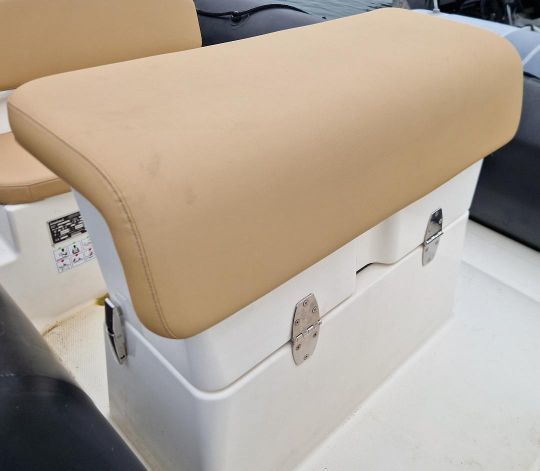
Traffic
When your boat is designed for fishing, it's important to be able to get around easily. In fact, you'll often be alternating between sailing and fishing in the stern. In these conditions, the choice of a bolster provides incomparable ease of movement. You can pass easily over the sides, and even fish leaning against it.
With jockey seats, on the other hand, it's more complicated. You or your passenger have to straddle the other seat, depending on the position of the cockpit, or be particularly thin to squeeze between the two... As for fishing from the back, the position quickly becomes uncomfortable, given that you have to keep your footing on either side of the seat.
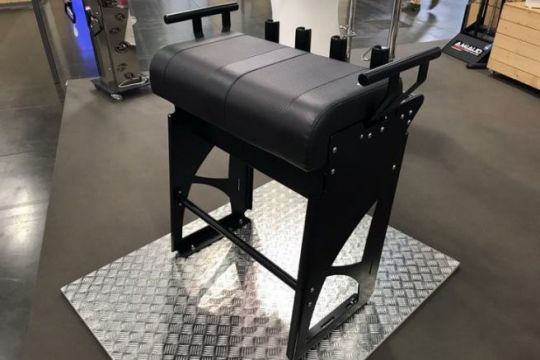
The price
Once again, suspended seats are not taken into account in this duel. The cost of 2 jockey seats or a bolster is virtually identical, depending on the model chosen. Obviously, depending on brand and range, there may be a significant difference, but overall, the cost will be between 1500 and 2000 euros.

 /
/ 